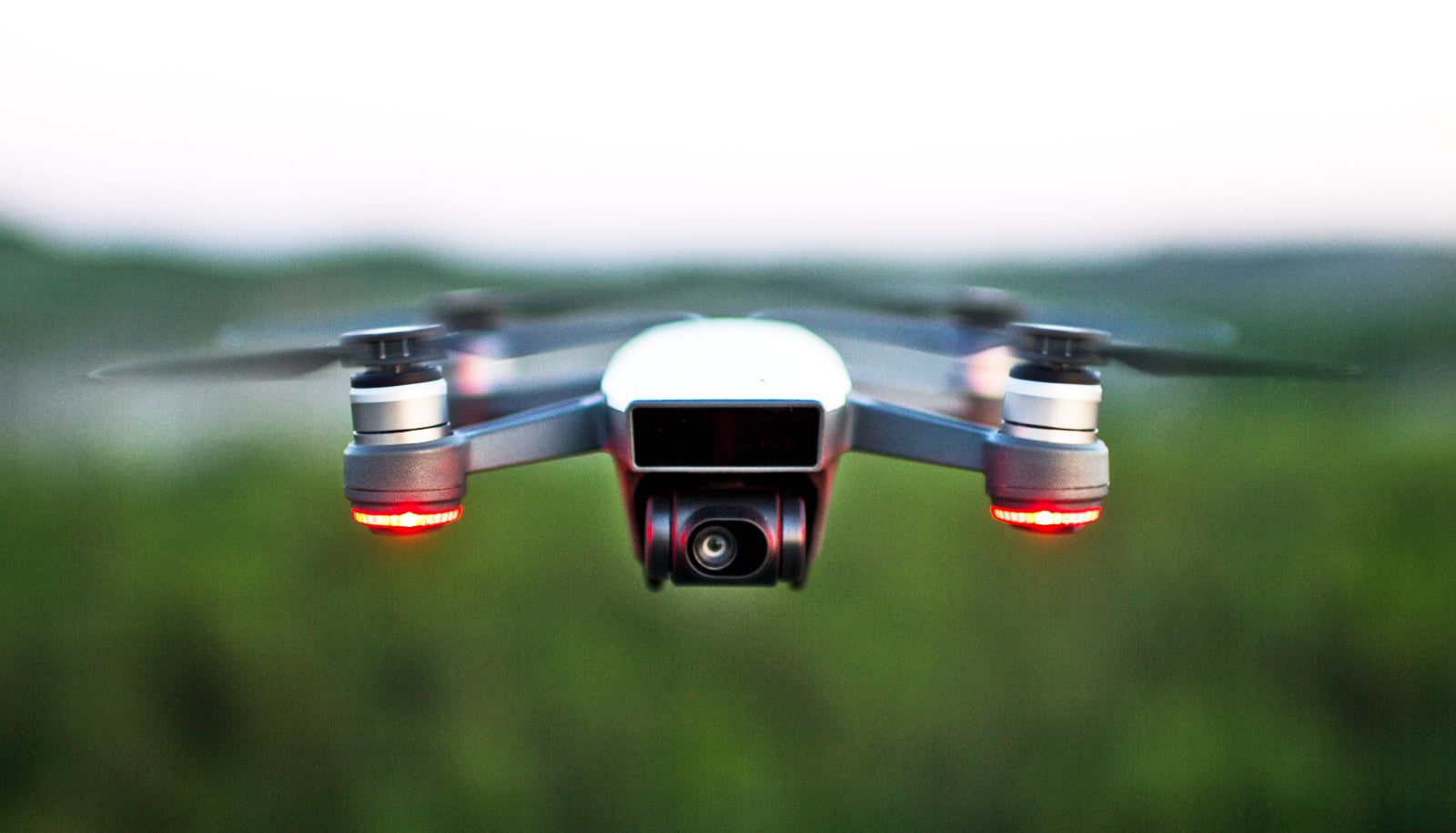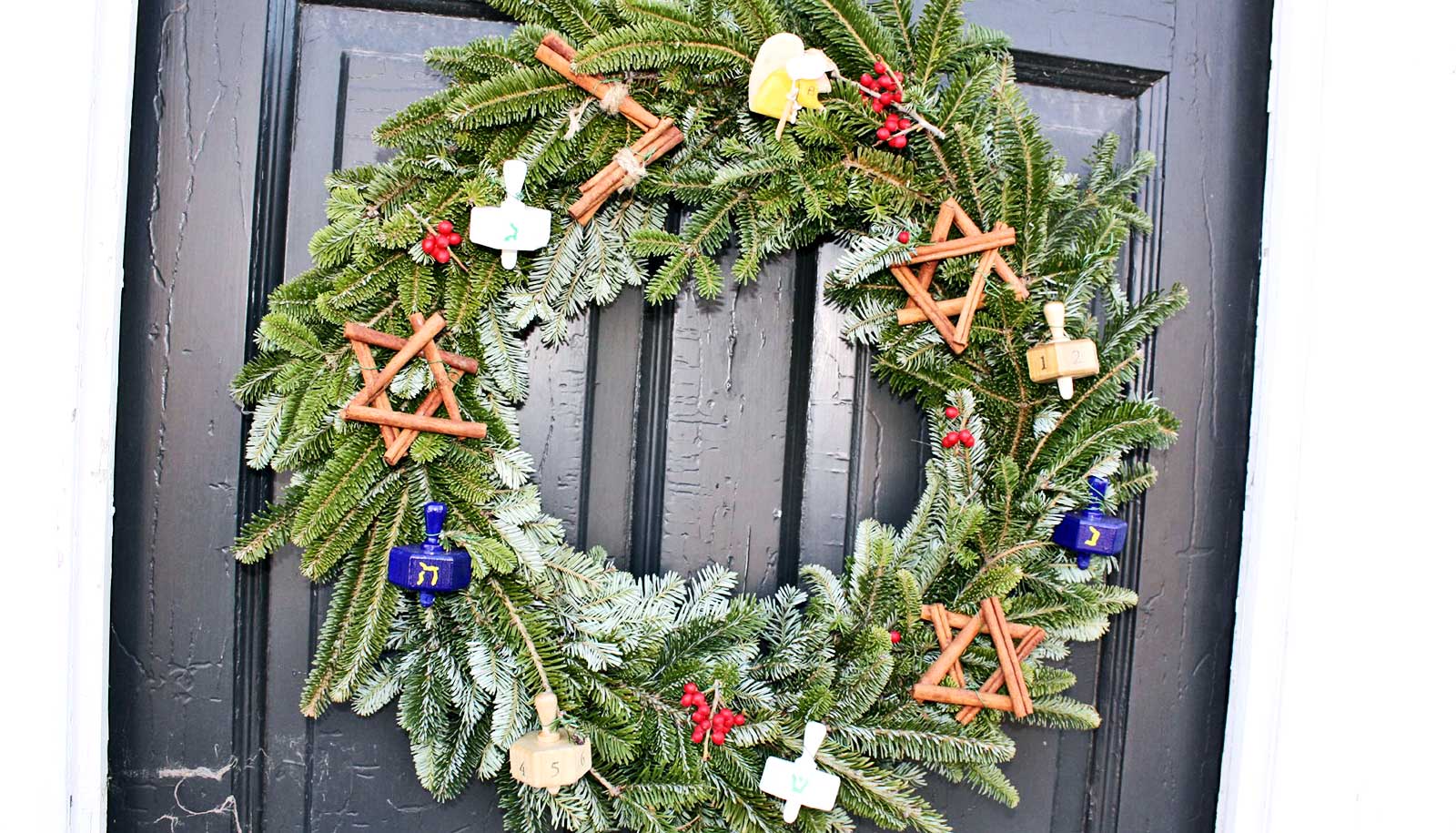Drones will soon help Christmas tree growers better measure and manage their crop.
Researchers will begin work in January on a two-year project in the Blue Ridge Mountains of North Carolina to test techniques for monitoring Christmas trees using drones, otherwise known as unmanned aerial vehicles or UAVs.
UAVs are a common tool for collecting highly detailed, 3D imagery of landscapes, and they have a lot of potential for helping Christmas tree farmers: “Instead of going out and measuring individual trees, a person could fly a drone” to get diameter and height information, or even detect discoloration caused by disease, explains Justyna Jeziorska, a research associate at North Carolina State University’s Center for Geospatial Analytics and Christmas Tree Extension.
Christmas trees, though, pose some unique challenges for UAS: Fraser fir—the most popular Christmas tree species in North Carolina—grows best on steep slopes on mountain farms; such hilly terrain requires very particular flight planning. The software that processes 3D drone imagery also tends to round treetops into domes, hardly the shape of a narrow-tipped Fraser fir.

“A lot of this research project is uniquely targeted to Christmas trees,” explains Zac Arcaro, the Center for Geospatial Analytics’ assistant director of operations and a collaborator on the project. “Hilly terrain will be a challenge; the tops of the trees need to be detectable; but principles we learn could also be used beyond Christmas trees.”
For example, the project will compare the performance of a “sprayer drone” with traditional spraying methods for applying necessary herbicide and pesticide to Christmas trees as they grow. Most drone models carry only a camera, and not an onboard tank capable of holding up to 10 kg (22 lbs) of liquid; flying the bulkier drone requires special techniques.
Over the next year, Jeziorska will conduct dozens of drone flights on tree farms in the Blue Ridge Mountains, repeatedly analyzing collected imagery and testing different algorithms to accurately calculate tree height and diameter.
Once research is complete, project collaborators will share the lessons they learned with growers across the state. The team will develop educational materials and provide trainings for extension agents, benefiting an anticipated 850 growers.
“I don’t want to make people write code,”Jeziorska says. “No one will need to be an expert in GIS [Geographic Information Systems] to apply what we learn, and it will be tailored to the particular case of Christmas trees.”
Adds Arcaro, “If this research shows that drones are useful for managing Christmas trees, the info we provide will allow someone with their own interest and their own drone to do it themselves.”
Source: Megan Skrip for NC State

